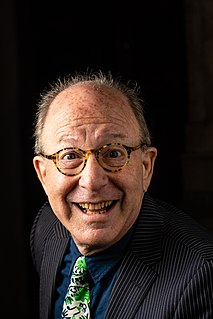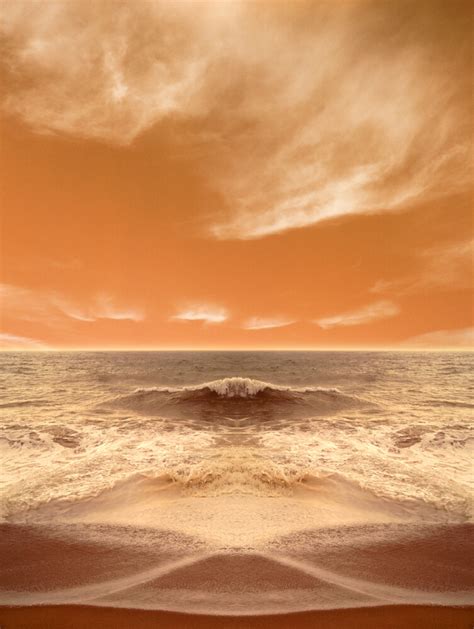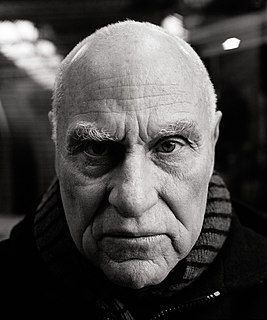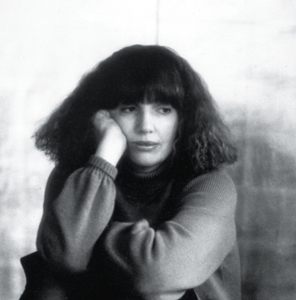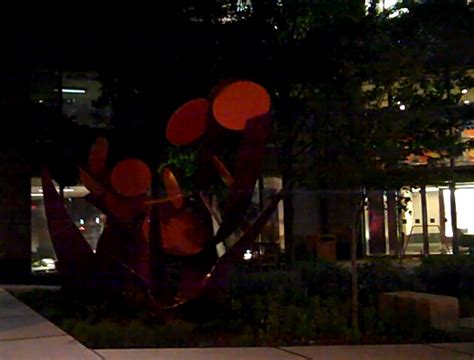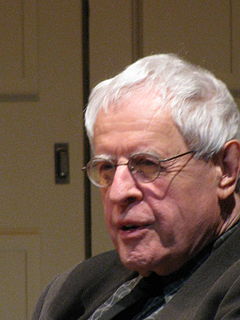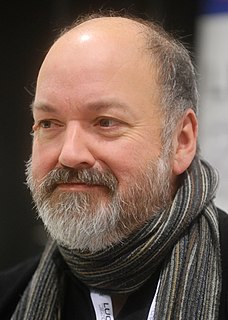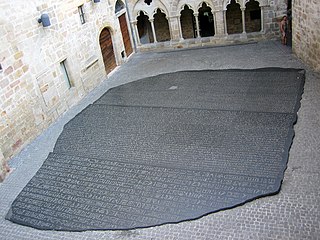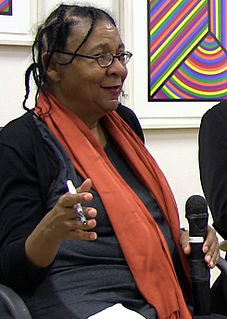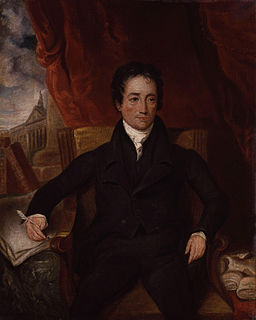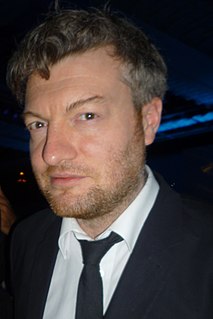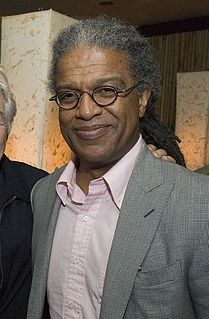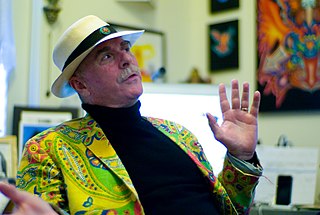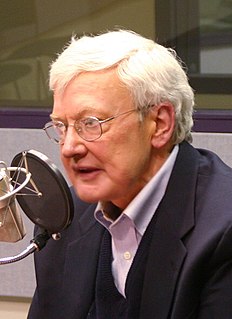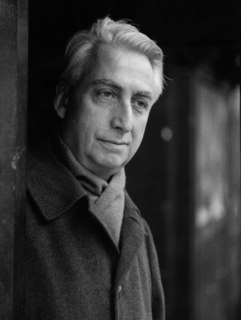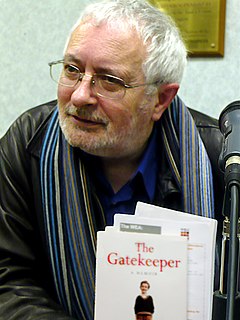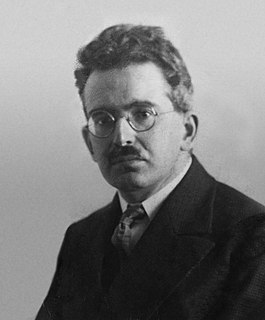Цитата Джерри Зальца
Апроприация — это идея, поглотившая мир искусства. Зайдите в любую галерею Челси или на международную биеннале, и вы ее найдете. Это есть в картинах фотографий, фотографиях рекламы, скульптуре с готовыми объектами, видео с использованием уже существующей пленки.
Связанные цитаты
Хорошая печать действительно необходима. Я хочу делать сильные документальные фотографии, которые технически не уступают лучшим техническим фотографиям, а по творчеству не уступают лучшим художественным фотографиям. [...] Я не хочу быть просто фоторепортером; Меня больше интересуют отдельные изображения... те, которые, как мне кажется, достаточно хороши, чтобы стоять сами по себе.
Всегда, когда слова «искусство» и «артистичность» применяются к моей фотоработе, я испытываю неприятное чувство. Это, безусловно, связано с неправильным использованием и злоупотреблением этими терминами. Я считаю себя фотографом, не более того. Если мои фотографии отличаются от того, что обычно делается в этой области, то именно потому, что я стараюсь делать не художественные, а честные фотографии, без искажений и манипуляций.
Сейчас ностальгическое время, и фотографии активно пропагандируют ностальгию. Фотография — элегическое искусство, искусство сумерек. Большинство сфотографированных объектов, просто в силу того, что они сфотографированы, тронуты пафосом. ... Все фотографии - memento mori. Фотографировать — значит участвовать в чужой смертности, уязвимости, изменчивости. Именно вырезая этот момент и замораживая его, все фотографии свидетельствуют о безжалостном таянии времени.
Явной темой моих фотографий может быть движение, но подтекстом является время. Движения танцора иллюстрируют течение времени, придавая ему субстанцию, материальность и пространство. На моих фотографиях время останавливается, доля секунды становится вечностью, а эфемерное мгновение твердо, как скульптура.
Когда объекты представлены в контексте искусства (а до недавнего времени объекты всегда использовались), они так же пригодны для эстетического рассмотрения, как и любые объекты в мире, а эстетическое рассмотрение объекта, существующего в сфере искусства, означает, что существование или функционирование объекта в контексте искусства не имеет значения для эстетического суждения.
